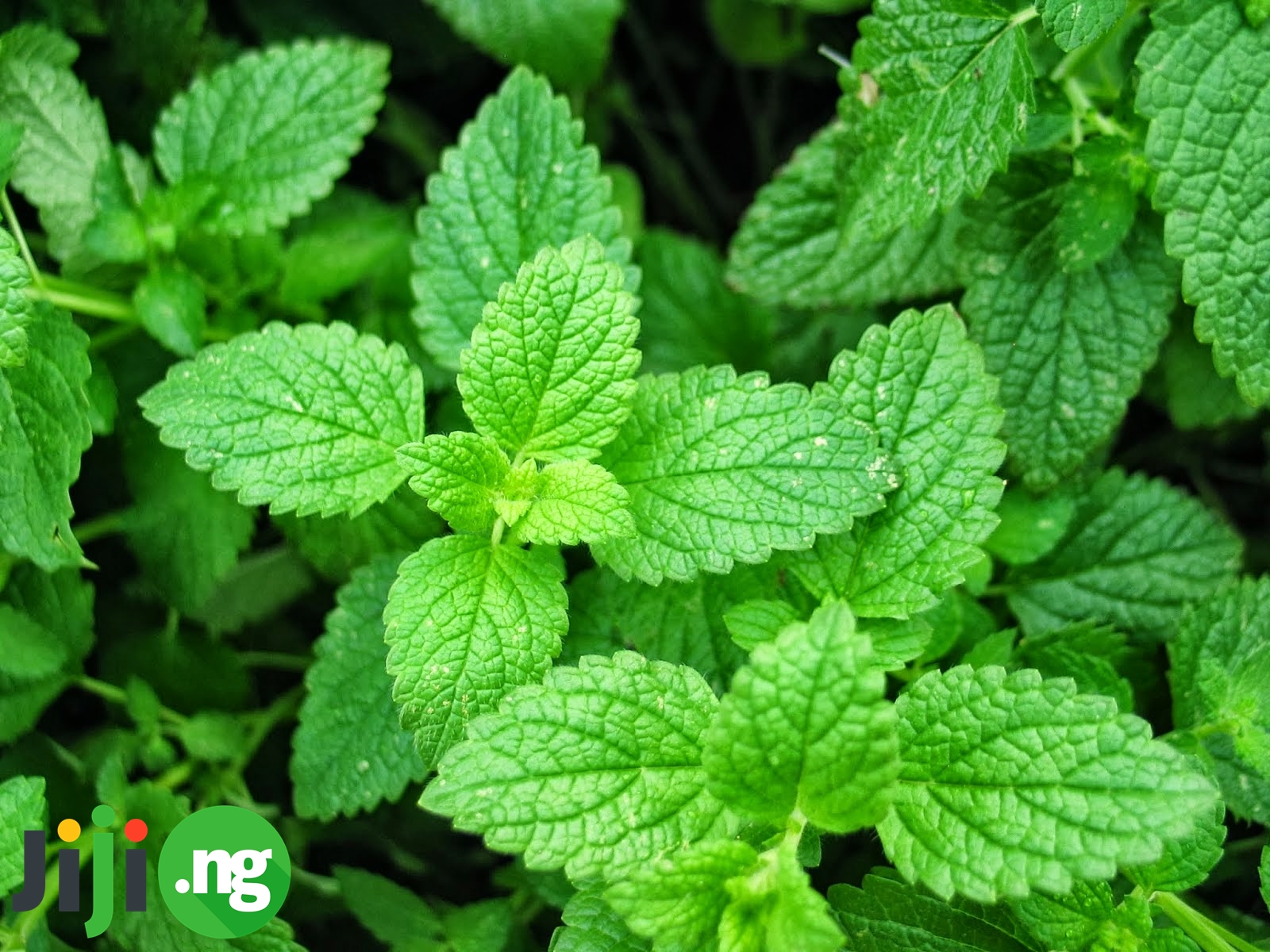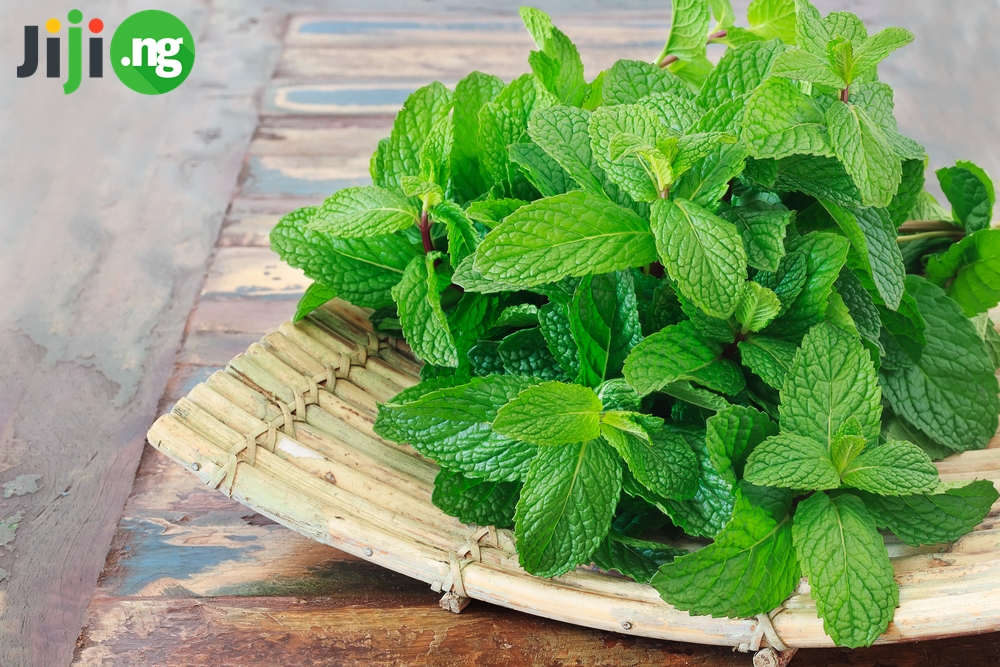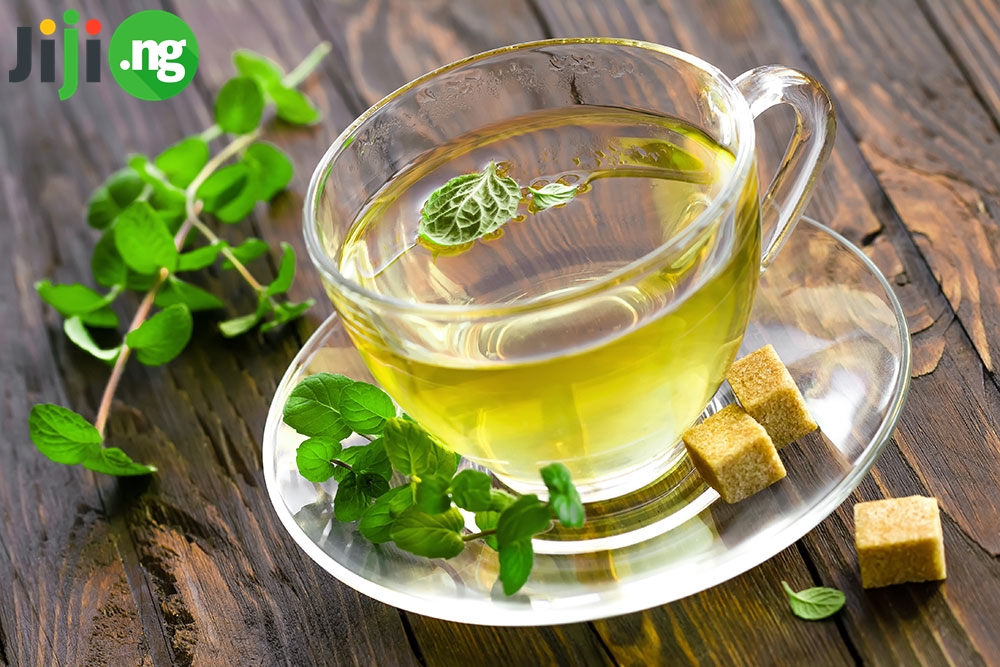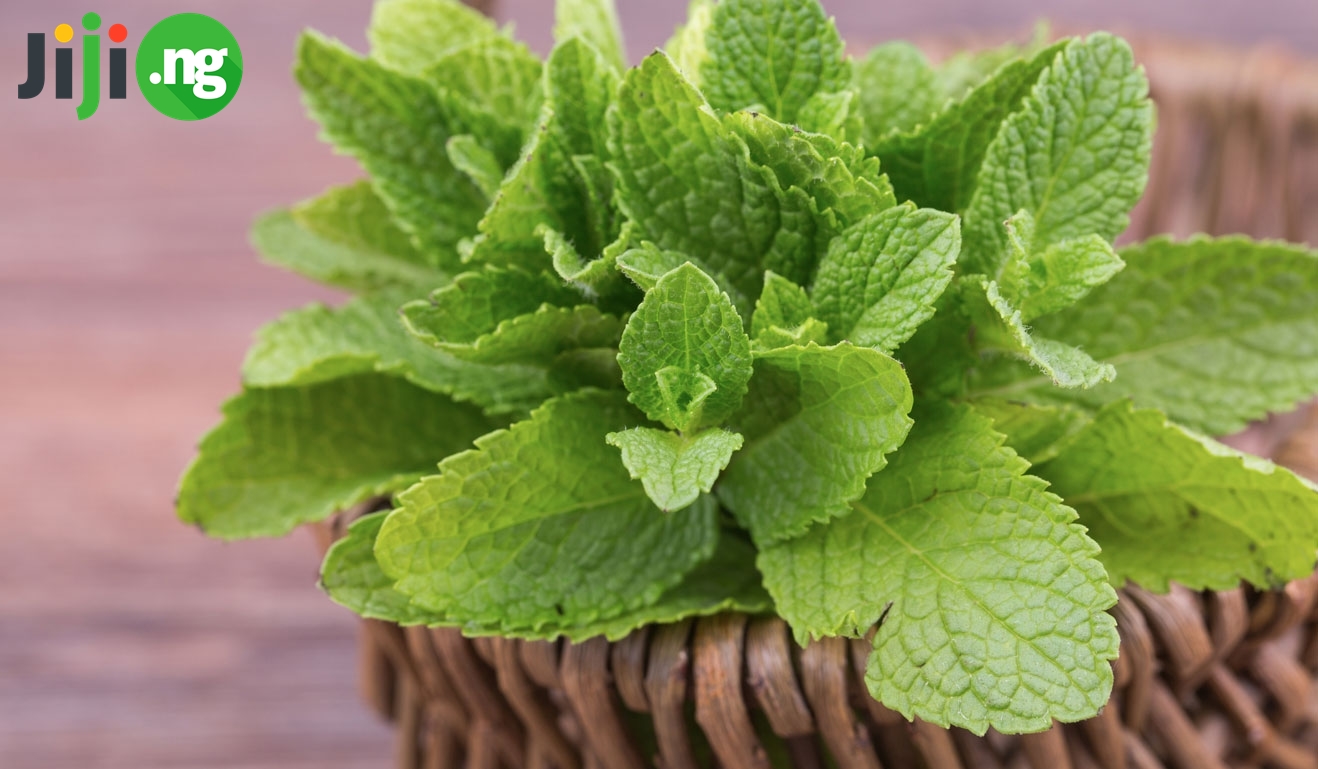Health benefits of mint leaves will not surprise anyone – they are known for a long time now. Mint leaves have been used in traditional medicine for centuries, and today people do not forget about the numerous way of using the benefits of this natural wonder.
The options of mint leaves uses sometimes seem unlimited: mint leaves are consumed for weight loss, they possess sedative qualities, are good for skin. They can be used as ingredients in cooking, added to cocktails, and health benefits of mint tea add one more tasty drink in the list of useful.
What is mint leaves
There are several kinds of mint, which are slightly different by their look and smell. Nevertheless, the taste and qualities of mint leaves do not vary significantly. Peppermint is the most widespread kind. It contains high levels of menthol, and thanks to this is widely used in the medicine.Menthol helps to cure a wide variety of diseases: allergies, rheumatism, and respiratory system, in particular.

Useful qualities
- It boosts metabolism, cures diarea, deals with nausea.
- It dilates blood vessels and lowers blood pressure.
- It has choleretic action.
- It settle the nerves, helps to deal with insomnia, and improves sleep quality.
- It is used to cure cold-related diseases, bronchitis, laryngitis, headaches, and upper respiratory tract diseases.
- It helps to ease nervous excitement and depression.
- It stabilizes cardiac rhythm.
- It has bactericidal properties, makes the breath fresh, cures gum inflammation.
- It helps to improve skin condition.
- Finally, mint leaves have significant benefits for weight loss.
Health benefits of eating mint leaves
There are three main benefits of fresh mint leaves.
- Vitamins and minerals.
- Antioxidant effects.
- Digestive benefits.

Besides making mint tea, you can use mint leaves in other dishes. Here are several ideas for your meals:
- add mint leaves to yogurt with berries
- change the recipe of your protein smoothie
- try fruit salads with mint
- mint leaves + basil + strawbery tastes good, too
- more salads: watermelon + basil + feta + mint leaves
- non-alcoholic mojito
- quinoa with fresh mint leaves
You can use fresh mint leaves to decorate any dish! Besides, do not forget about water with fresh mint and lemon.
Side effects of mint leaves
Side effects of consuming mint leaves are much less numerous compared to benefits of mint leaves. Nevertheless, the precautions for consuming mint is idiosyncrasy or allergy. The mint is not recommended from people with hypotony: it can lower the blood pressure even more. The other precaution is varicose veins.
Frequent consumption of mint can lead to heartburn, although it happens very rarely. Mint is not as useful for children as for adults. Consuming too much mint can cause sleeping disorders.
How to prepare mint tea

Benefits of mint leaves are not affected when you place the leaves in hot water. To make mint tea, take two teaspoons of mint leaves, put in a teapot, and pour 250 ml of hot water. Leave for 10 minutes (or up to hour).
If you are interested how to use mint leaves for weight loss, you can use them for preparing tea. 250 ml per day a daily norm of drink, which boosts metabolism and stimulates weight loss process.
Mint leaves for skin
Bactericidal and toning properties could not go unnoticed by cosmetologists. To test mint leaves uses for skin, you can prepare masks or lotions.
Toning lotion
Pour 1 tablespoon of mint leaves with a cup of hot water, cook it on slow fire during 15 minutes. Wait till it cools and used for cleaning the skin.
Mask for eyes
To get rid of reddness, pour two tablestpoons of mint with 500 ml of hot water. Leave for 30 minutes, filter, and mill. This time, you will need soggy mess. Wrap it in buttercloth, and cover your eyes for 15 minutes. You can use the decoction the way you want.

Mint has a pleasant taste, pleasant smell, and numerous health benefits. It is one of the key components of traditional medicine. Mint can be used without doctor’s prescription, but remember to use it in moderate amounts. Do not continue using mint in case you notice symptoms of allergy or other symptoms that may cause worries.






